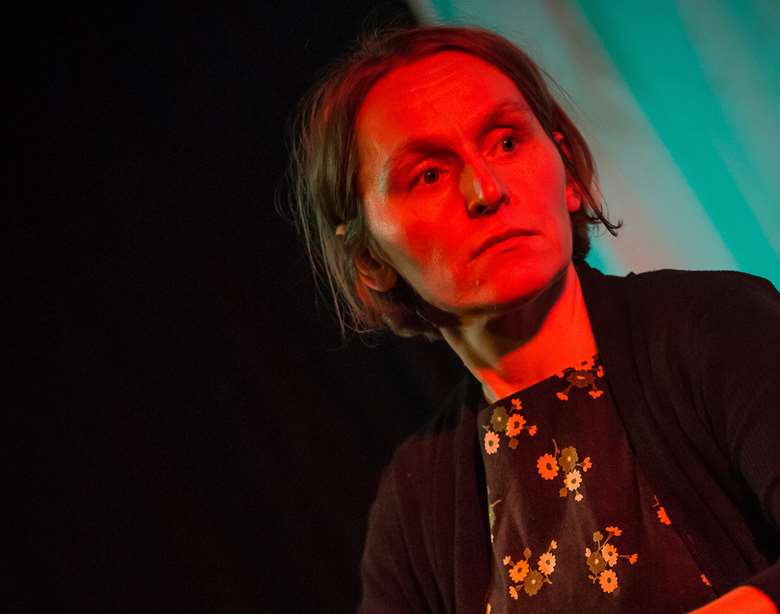Sarah Angliss on winning this year’s Ivors Visionary Award
Adrian Horsewood
Monday, December 20, 2021
Adrian Horsewood sits down with this year's winner of The Ivors Composers Awards Visionary Award


Register now to continue reading
Don’t miss out on our dedicated coverage of the classical music world. Register today to enjoy the following benefits:
- Unlimited access to news pages
- Free weekly email newsletter
- Free access to two subscriber-only articles per month